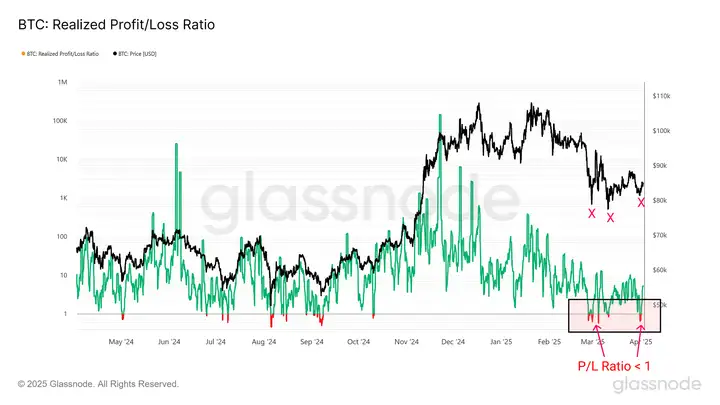Global M2 reaches a new high of $10.84 trillion, with Bitcoin potentially experiencing a delayed rise, despite short-term weak momentum and long-term support from institutional holdings and liquidity.
VX: TZ7971

Global M2 Supply Reaches New High, Showing Bitcoin Correlation
The global M2 money supply has reached a historical high of $10.84 trillion, drawing market attention to Bitcoin's future. Despite recent global market volatility due to Trump's tariffs and retaliatory measures, Bitcoin's average value remains relatively stable. Historical data shows a clear correlation between M2 supply growth and Bitcoin's rise. During the COVID-19 pandemic from 2020 to 2021, the US M2 supply increased by over 25%, during which Bitcoin's price rose from under $10,000 to a historical peak of $69,000.

M2 is an important indicator of a country or region's money supply, including physical cash, check deposits, savings deposits, and other liquid assets quickly convertible to cash.
When M2 increases, it typically means increased liquidity in the financial system, with funds often seeking investment returns in risk assets like stocks, real estate, or cryptocurrencies.
Notably, Bitcoin prices usually lag global M2 growth by about two months. Since late February, M2 has continued to accelerate and reach a new high, potentially signaling a delayed but strong Bitcoin rise.
Realized Profit and Loss Ratio Reveals Market Dynamics
Bitcoin's realized profit and loss ratio has fallen below 1 at recent price lows, indicating that loss-making transactions exceed profitable ones. This typically symbolizes exhausted selling pressure and weakening downward momentum. By examining transaction history, this indicator can track the previous transaction price of each sold Bitcoin, calculating the overall market's profit or loss situation.

However, looking at the 90-day simple moving average, despite short-term profit recovery, the overall trend remains downward, reflecting weak market liquidity and declining investor profitability. Analysts suggest that this brief profit-driven rebound has not reversed the overall downward trend, indicating ongoing challenges with liquidity and investor profitability.
Supply Indicators Suggest Undervaluation and Institutional Hodling
Bitcoin's 30-day realized supply indicator suggests the market may be in an undervalued phase. Historically, this often signals significant market changes, potentially through corrections or rebounds from local lows. Lower realized supply indicates more Bitcoin is held by long-term investors or dormant addresses, reducing market circulation.
Past experiences show that after pandemic impacts and mining bans, Bitcoin's 30-day moving average realized supply has dropped below the lower limit, followed by rebounds. After a nearly 11% decline in the first quarter, the indicator has again touched bottom, suggesting Bitcoin may be undervalued.
While Bitcoin maintains support above $80,000, breaking $90,000 remains challenging. Long-term holders sold 1,058 Bitcoins at the $82,000 price level, causing a pullback to $81,000.
Trump's impact on retail investor sentiment may continue to suppress bullish momentum. While markets view Trump's tariffs as negotiation tactics, inflation pressures might affect Fed rate cut prospects, and unresolved debt ceiling issues add market uncertainty.
To form a true bull market, active buying is needed, and selling pressure in derivative financial markets must be absorbed. Without active retail investor participation and clear market structure improvement, breaking $90,000 in the short term seems unlikely. However, with institutional investors continuing a "hodling" strategy and M2 supply growth support, Bitcoin may maintain a high-range oscillation long-term.
Next Week's Key Highlights
April 9
White House senior officials: Base tariff rates will take effect at 0:00 on April 5, with reciprocal tariffs at 0:00 on April 9;
The House will hold a hearing on cryptocurrency market structure legislation on April 9;
US SEC postpones BlackRock Ethereum ETF options trading resolution to April 9;
April 10
US will release March CPI data at 20:30;
A hearing questioning the Federal Reserve Board about its stance on digital assets is expected next Thursday;
Terra founder Do Kwon's hearing postponed to April 10;
April 11
US SEC will hold its second roundtable on crypto regulation on April 11;






